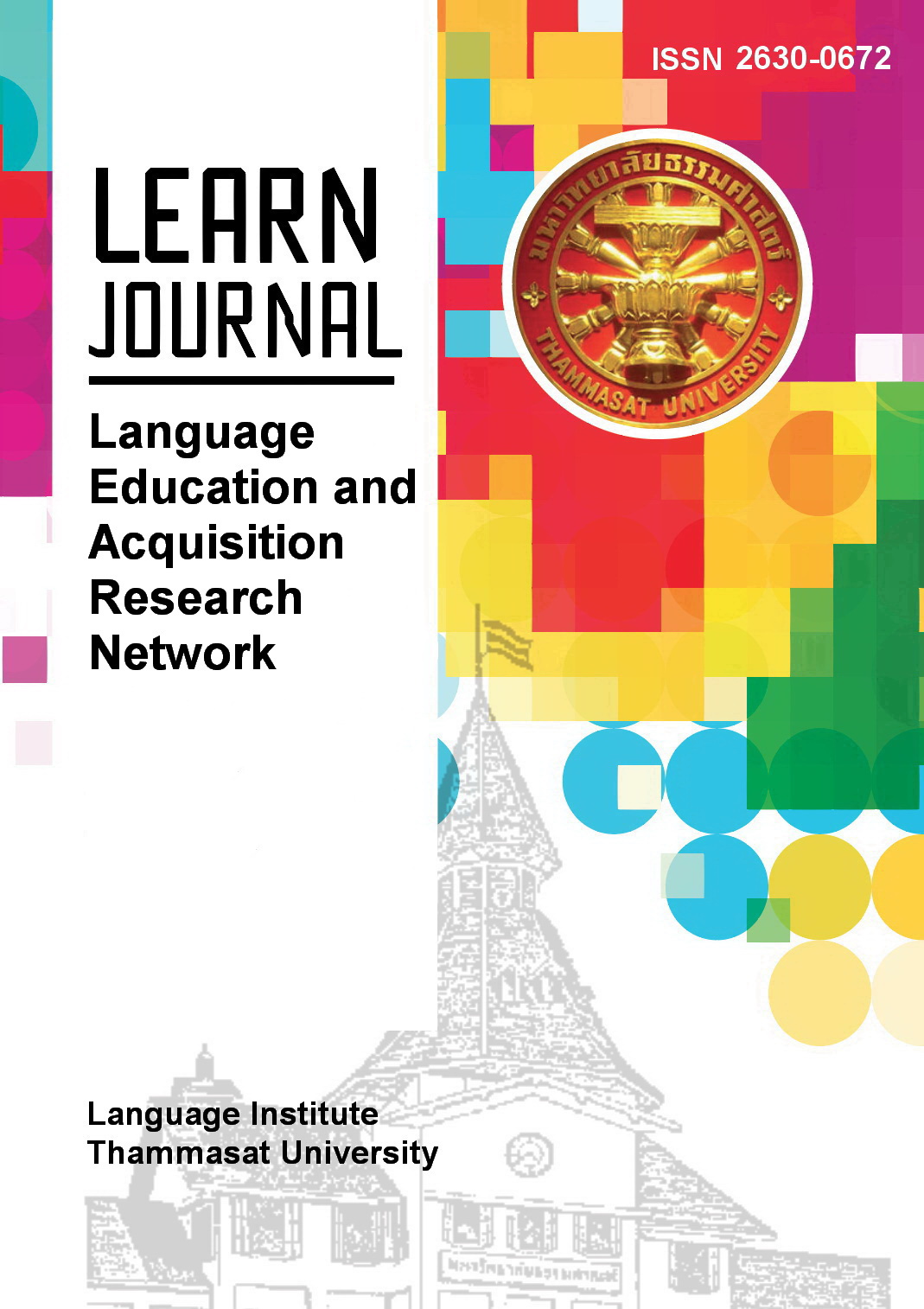Cyberbullying: The Case of Public Figures
Main Article Content
Abstract
Cyberbullying has become a serious global issue. Previous studies focusing on the prevalence and the consequences of cyberbullying have paid little attention to its linguistic features, especially in celebrity cases. This current study fills this gap by investigating the language that constitutes cyberbully toward celebrities from different cultures. Data were collected from the Instagram accounts of two celebrities representing Asian and Western culture, one is Korean, and another one is British. This study employed the notion of cyberbullying (Patchin & Hinduja, 2006; Smith et al., 2008) to label bully comments and categorized them into cyberbullying’s type (Willard, 2006). Moreover, speech acts theory was employed to identify the intention of those comments distinguishing cyberbullying from other aggression. To compare the similarities and differences between the two cultures, direct and indirect speech acts were used. An analysis reveals that Korean celebrity received harassment, whereas British celebrity experienced harassment and denigration according to cyberbullying’s types. In addition, four classifications of speech act were found: representatives, directives, expressives, and commissives. The findings show different forms of language are used. Indirect speech acts are commonly found in the case of Korean, whereas direct speech acts are frequently used in the case of British.


